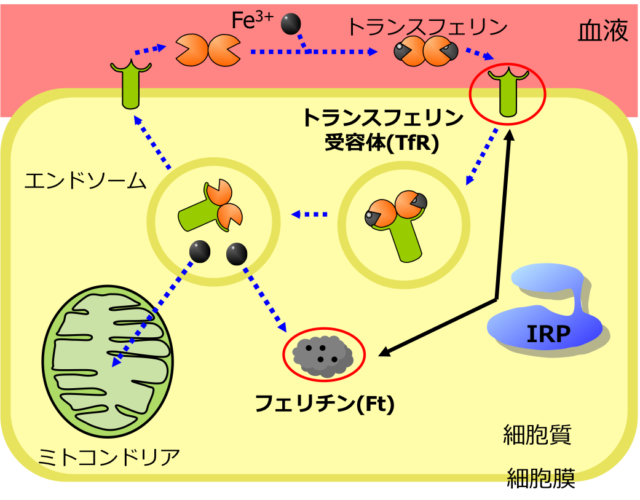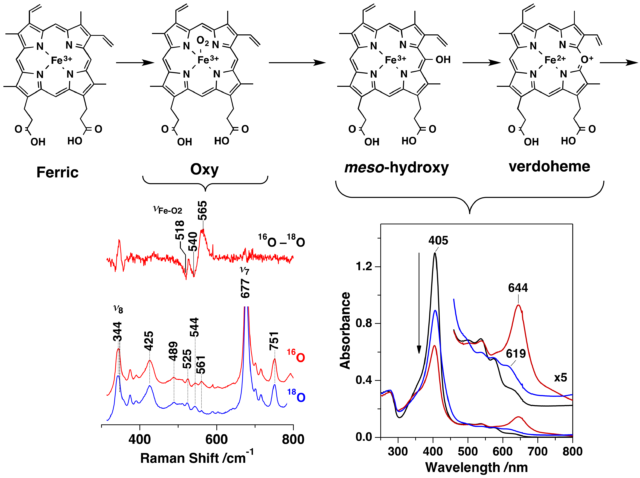Introduction of Research
How do we have constant amounts of “Biometal” in vivo?
All living organisms need constant amounts of the specific transition metals, “Biometal”, such as iron, copper, and zinc, to maintain their life. These biometals serve as the active centers of metalloenzymes essential for life. The deficiency or excess of these biometals, therefore, results in anemia, nervous disease, hepatitis and other serious disease. We have attempted to elucidate homeostasis mechanisms of these biometals by characterizing structures and functions of the related proteins at the molecular level, aiming to find out how failures of the homeostasis induce organ dysfunctions and to get molecular insights into developments of new drugs and therapy for these diseases.
Elucidation of electron transfer mechanism promoting energy production in cells
To maintain our life, we utilize adenosine triphosphate, produced in mitochondria of aerobic organisms, as the energy source. In our ATP production system, efficient electron transfer between proteins is required, and its elucidation is essential not only for understanding of molecular mechanism of energy production of aerobic organisms, but also for designing efficient and clean bioenergy production systems as a promising energy source in the next generation. By using ultra-high resolution multinuclear multidimensional NMR which can determine protein structures at atomic resolution, we are attempting to elucidate the molecular mechanism and to artificially control the interprotein electron transfer processes.
Mechanism of metal ion acquisition by pathogenic bacteria
Pathogens require various metal ions to grow, many of which are acquired from hosts. For example, iron ions are obtained by extracting heme, which is a coenzyme of hemoglobin in blood, by the decomposition. Therefore, understanding the mechanism of metal ion acquisition is thought to be relevant to protection from pathogenic bacteria and to lead to development of medicine. We are conducting researches to clarify the acquisition mechanism of metal ions of pathogenic bacteria at atomic resolution by using originally developed spectroscopic devices.
Introduction of laboratory
By utilizing state-of-the-art spectroscopic techniques, we now elucidating various molecular mechanisms of protein functions playing essential roles in the living body. Based on protein structures gained from these cutting-edge researches, we aim to develop drug discovery and therapeutic methods and to design artificial proteins as clean and functional materials, etc., opening a door to new technologies and new materials that are useful to our society.


